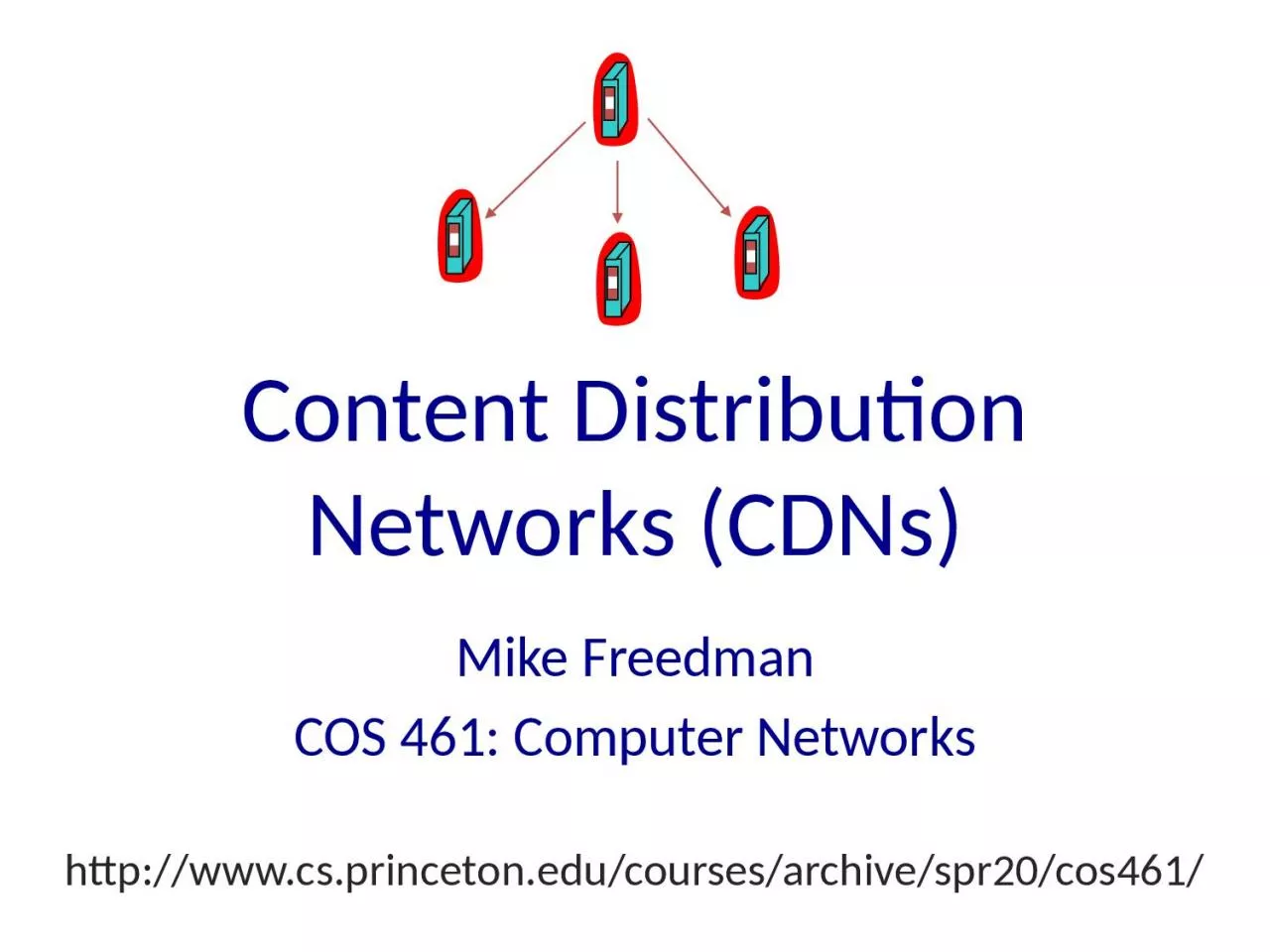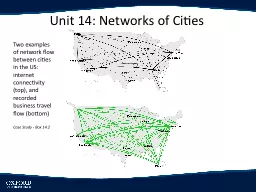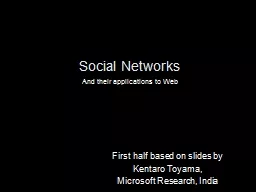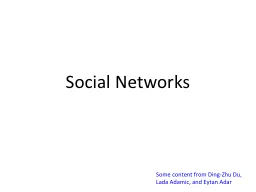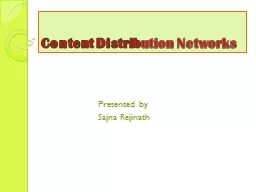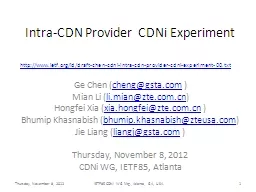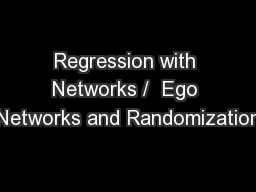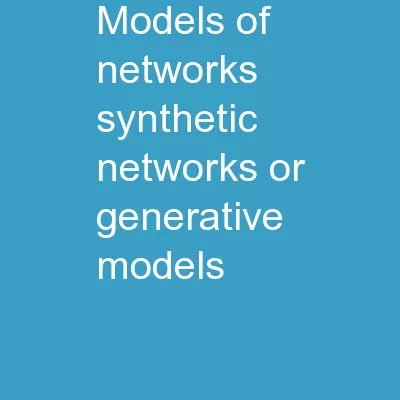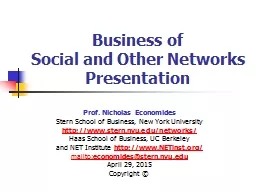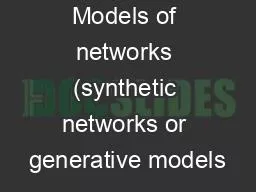PPT-Content Distribution Networks (CDNs)
Author : hazel | Published Date : 2023-09-18
Mike Freedman COS 461 Computer Networks http wwwcsprincetonedu coursesarchivespr20cos461 Continuation of Lec 15 2 HTTP xfer single object Web pages many objects
Presentation Embed Code
Download Presentation
Download Presentation The PPT/PDF document "Content Distribution Networks (CDNs)" is the property of its rightful owner. Permission is granted to download and print the materials on this website for personal, non-commercial use only, and to display it on your personal computer provided you do not modify the materials and that you retain all copyright notices contained in the materials. By downloading content from our website, you accept the terms of this agreement.
Content Distribution Networks (CDNs): Transcript
Download Rules Of Document
"Content Distribution Networks (CDNs)"The content belongs to its owner. You may download and print it for personal use, without modification, and keep all copyright notices. By downloading, you agree to these terms.
Related Documents

